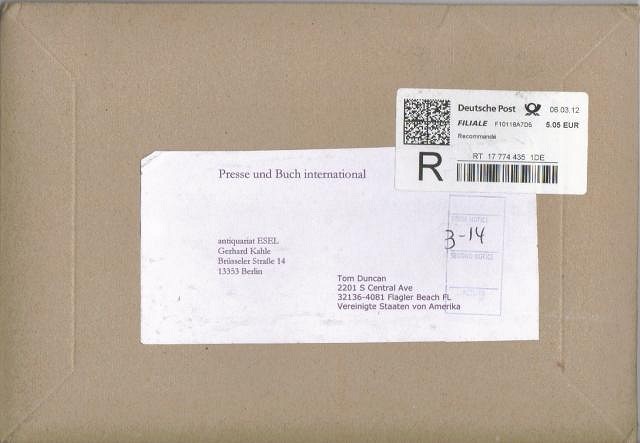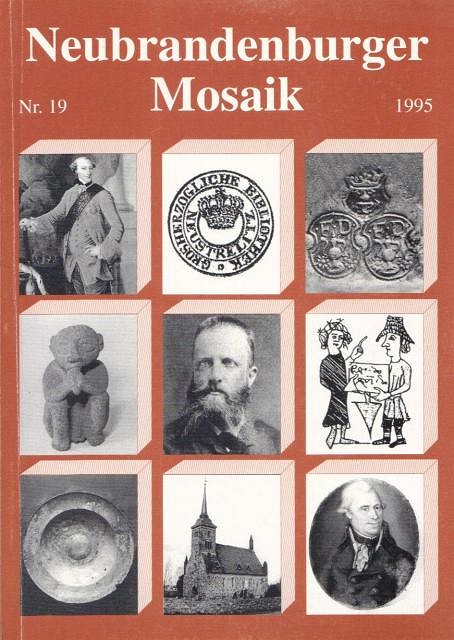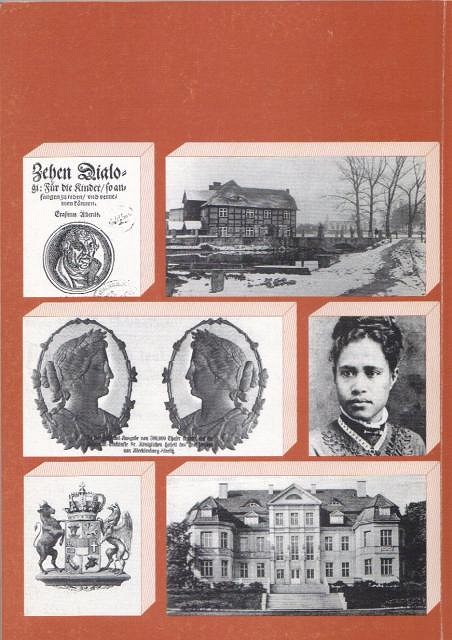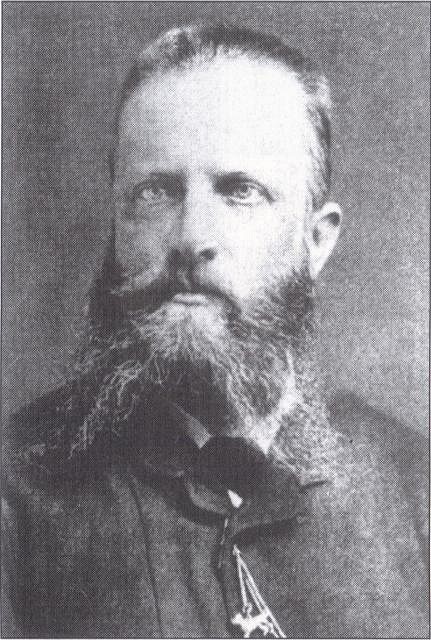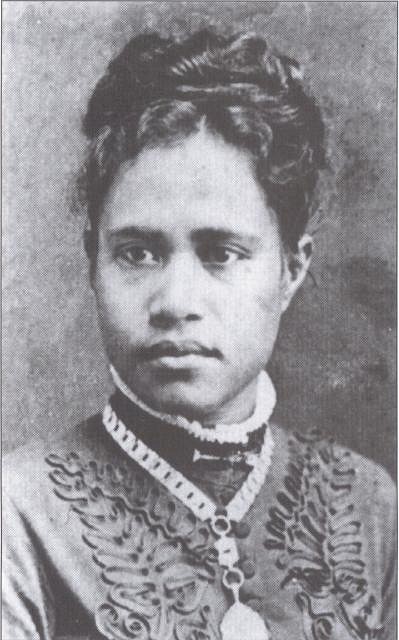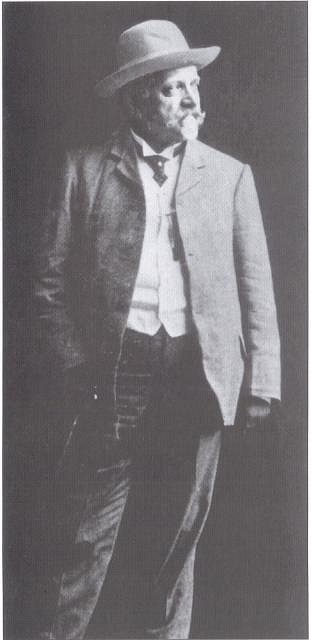Tiki Central / Tiki Drinks and Food / The real Dr. Funk
Post #629075 by TikiTomD on Sat, Mar 17, 2012 1:32 PM
|
T

TikiTomD
Posted
posted
on
Sat, Mar 17, 2012 1:32 PM
Just received new Dr. Funk source material from a used bookseller in Berlin, where I had located a copy of the 1995 Local History Yearbook of the Regional Museum of Neubrandenburg containing the Peter Maubach article, “Dr. Bernhard Funk (1844-1911): ein Neubrandenburger in der Südsee” (translation: “Dr. Bernhard Funk (1844-1911): a Neubrandenburger in the South Seas”)...
Maybe bigbrotiki can help here, but the online German translator says that “Esel” in the bookseller’s name can be translated among alternatives that range from “donkey” to “bonehead” to “asshole.” Maybe it’s just the translator (more on that later). Here are the front and back cover images of the yearbook...
The center photo on the front cover is of a younger Dr. Funk, and the back cover center right photo is of Senitima, his beautiful Samoan wife, both from the article inside the yearbook...
I can't discern facial scars or a “Schmiss” on Dr. Funk’s face in the photograph, but perhaps somone with better eyes might. Maybe it's hiding under that beard! Here also is a better quality version of the old Dr. Funk photo posted in an earlier thread from Leilani Burgoyne’s paper, but originating from this article and contained in the museum archives...
Since the yearbook is written entirely in German, and I’ve only studied Latin and Spanish languages, there’s some work ahead for me to extract the gems from the article. Here’s how I plan to proceed:
I’m really impressed with the OCR software. It is close to 100% accurate with one mouse click, requiring only some minor tweaking to treat some of the graphics as pictures. If there are words in the graphics of a scanned image, the OCR software wants to turn the entire graphic into text, not necessarily desirable, and easily fixable with the software tools provided. I’m using ABBYY FineReader 11 Professional for that part of the job. The translator capabilities are a different story. Language is not all that easy for humans, and is clearly still beyond a computer’s grasp with today’s software. I’m using a SYSTRAN product, the same company that provides translation software products to large companies and various government agencies. Undoubtedly the stuff provided to them is a higher end product than what I’m using, but the basics are the same. The output of the translator appears as if someone minimally literate in both source and destination languages took a stab at it after having way too many cocktails. It helps to have a few of those cocktails to understand the result... well, I’d best get busy, at least on those cocktails. -Tom |

